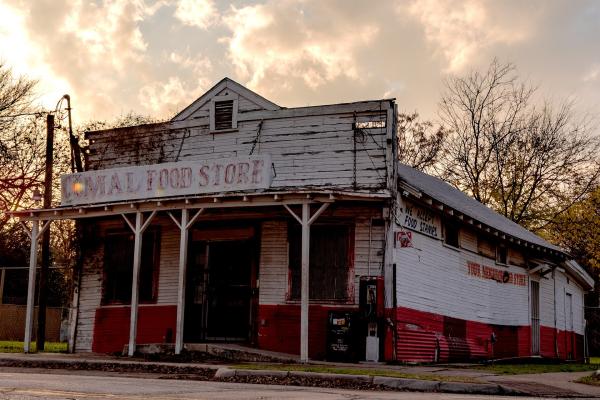They begin by showing the impact of food systems on global greenhouse gases (GHG).
Most of those GHGs come from food transportation, from farm to table. Food itself produces only a third of those GHG. By McKinsey's calculations, most of food production, nearly three-quarters of food’s GHG, is related to the actual growing or raising of our foods, all in the hands of farmers – predominantly small farms.
“[The Food and Agricultural Organization of the UN] FAO calculated that nine out of 10 of the world's 570 million farms were family farms and produced around 80 percent of the world's food.”
Groceries contribute 4% of the food production’s 33%, 1.32%. But purchases by grocery stores can influence transportation, packaging, and to a lesser degree, processing, so their impact might be 6% of GHGs. That percentage provides some context for the chart that follows describing the levers our grocery stores “might pull.”
Let’s consider a few of these levers.
- Health - “healthier assortment” of foods – while it is true that you are what you eat, many of us continue to eat “bad” foods, foods that are the current villains du jour. Grocery stores may nudge us with “healthier” selections, but retail is based on what the customer wants, not the nutritionist.
- Environment – large grocery chains have economic clout and can get their suppliers to “green” their operations. Walmart sells one-third of the food in the US, followed by Amazon and then Costco. But these are the same stores that need modular shipping and use lots of plastic containers, and in the case of Amazon, cardboard. Reducing food waste is also easier said than done; you either have to shorten the food chain, reducing supply to prevent outdating of perishables, which results in less resilience to demand; or you have to convince consumers that a bruised banana is just as good as an unblemished one.
- Economy – Walmart and Costco are known to drive a hard bargain with their suppliers and get the best possible prices. The impact of Amazon’s Whole
PaycheckFoods on Amazon’s overall pricing is unknown. - Animal and Human Rights – just for giggles, let’s put these two together. Whole Foods is huge on animal rights and has an average starting salary of $17.44. Walmart has a history of ethical problems with its sourcing of animal products. They have tried to clean up their act. Their average starting salary for their workers is $12.88. Costco is currently being sued over the treatment of their $4.99 rotisserie chickens. (One might argue that having rotisserie appended to your name already is a concerning adjective) Their average starting salary is $17.84
- Cross-cutting –interestingly, it is the category with the most significant impact, but its meaning is nebulous. This is the beauty of consultancy, smoke, and mirrors. As old-school shock jock Don Imus might say, consultants have “A five-year plan, with a four-year contract.”
“Grocers can generate significant value from a well-positioned sustainability transformation.”
I am just not sure this “pull quote” from the article is justified. I suppose it depends on what you think significant value means.
Source: Grocers’ sustainability opportunity in transforming the food system McKinsey & Company






